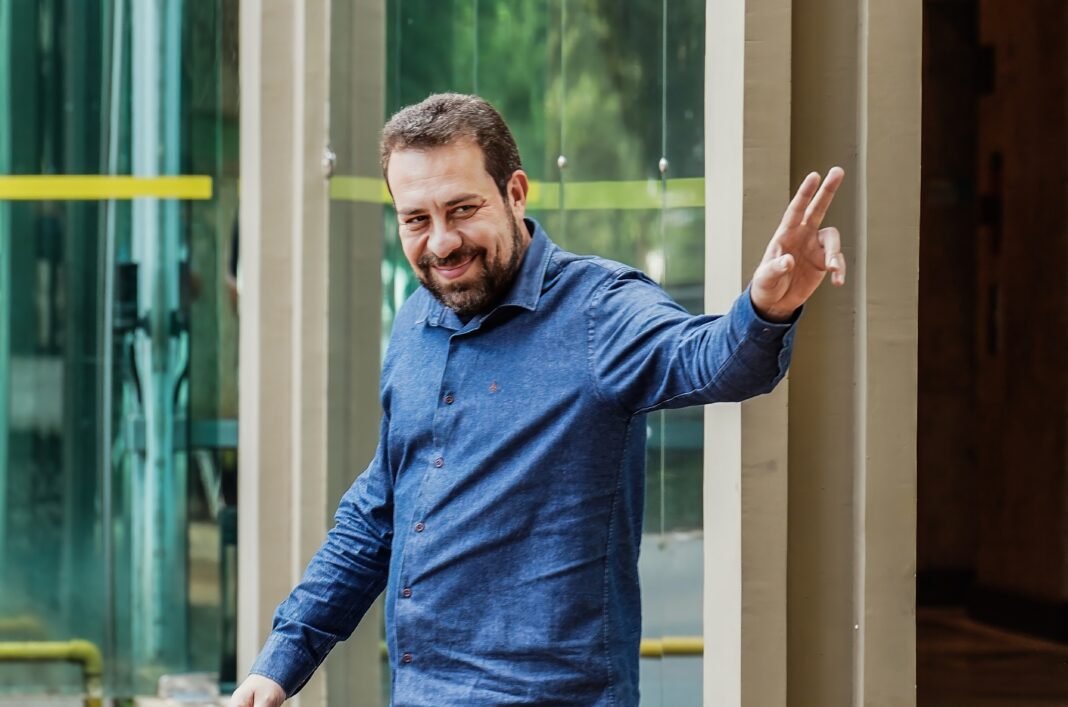Brazil’s political and economic scenario is currently marked by government efforts to manage internal instability, ministerial changes, and renewed friction with the opposition. On the economic side, the Central Bank raised the Selic rate to its highest level in nearly two decades, driven by persistent inflation concerns. Politically, the federal government seeks to balance its fragmented coalition by allocating key positions to Centrão allies and enhancing dialogue with social movements. At the same time, President Lula appears to be moving away from a broad coalition strategy, opting instead to consolidate support from his traditional base ahead of the next elections. Former President Jair Bolsonaro, meanwhile, reemerged in Brasília with a rally calling for amnesty for those involved in the January 8 attacks, keeping political polarization at the forefront.
This Content Is Only For Subscribers
To unlock this content, subscribe to INTERLIRA Reports.
Interest Rate Hike
The Monetary Policy Committee (Copom) of the Central Bank slowed the pace of interest rate hikes and raised the Selic rate by 0.5 percentage points on Wednesday (07/05), in a unanimous decision, to 14.75% per year – the highest level recorded in almost two decades. In its statement, the Central Bank board did not provide any clues about the next steps and emphasized flexibility and caution. The committee assessed that the scenario continues to be marked by high inflation projections, expectations far from the target, resilient economic activity, and pressures in the labor market.
Disjointed Base
With its disjointed base, the Planalto Palace has been harmed even by parallel disputes between its allies. Two major exponents of the Centrão, PSD, and União Brasil, are locked in a dispute that includes the fight for government positions and the definition of candidates for 2026. Aware of the difficulties and concerned about the recent break with the PDT, the government plans to at least favor Gilberto Kassab’s (PSD) party. The idea is to avoid an even worse scenario. Last month, in another setback, the União bench in the Chamber vetoed the nomination of leader Pedro Lucas (MA) for the Ministry of Communications.
Accommodation of the Centrão
Despite internal resistance in the government, President Lula chose Waguinho, former mayor of Belford Roxo (RJ), to be president of PortosRio, the former Companhia de Docas do Rio de Janeiro, which manages the ports of the capital, Itaguaí, Niterói, Forno, and Angra dos Reis. The change is part of the restructuring of positions to accommodate parties from the so-called Centrão. It is also a way for Lula to reward Waguinho for the support given to him in the 2022 elections in the Baixada Fluminense region.
Boulos as Minister
President Lula (PT) took to Pepe Mujica’s (former president of Uruguay) funeral the Minister of the General Secretariat, Márcio Macêdo, and the candidate to replace him, federal deputy Guilherme Boulos (PSOL-SP). The president had already signaled to his aid that Boulos should be announced as minister upon his return from a trip to China. The president’s goal with the change is to improve dialogue with social movements.
End of the Broad Front
Centrist leaders saw the likely appointment of deputy Guilherme Boulos (PSOL-SP) as Secretary General as a clear sign that Lula has chosen to seek refuge on the left in pursuit of reelection. This impression had already been reinforced by the appointment of Gleisi Hoffmann as political coordinator. The interpretation is that the president intends to strengthen his traditional base for the campaign and has definitively given up on trying to form a broad front with the center, at least in the first round.
Protest for Amnesty
Former President Jair Bolsonaro (PL) gathered around 4,000 people in Brasília on Wednesday (07/05) in a protest in defense of political amnesty for those involved in the coup plot that culminated in the attacks on the headquarters of the Three Powers on 8 January. The estimate comes from the Monitor do Debate Público do Meio Digital, formed by researchers from CEBRAP and USP. The “Walk for Humanitarian Amnesty” was the first act promoted by the former president in the federal capital since the 8 January attacks.
Analysis:
The current Brazilian political landscape reflects a delicate balancing act by President Lula, who faces the dual challenge of maintaining governability while preparing for the 2026 elections. The appointment of allies from the Centrão to key government positions, such as Waguinho at PortosRio, signals Lula’s pragmatic approach to securing congressional support. However, this accommodation strategy comes at the cost of internal coherence, as disputes among allied parties undermine legislative coordination and expose the fragility of Lula’s base.
At the same time, the possible appointment of Guilherme Boulos to a ministerial post and the increasing role of PT stalwarts like Gleisi Hoffmann indicate a strategic shift away from the broad-front logic that marked Lula’s 2022 campaign. Instead, the president appears to be reinforcing his ideological base to consolidate political identity and mobilize support from social movements.
On the opposition front, Jair Bolsonaro’s return to the political spotlight through the Brasília rally shows that far-right mobilization remains active and capable of setting the tone of public debate. It reinforces polarization and keeps the memory of the attacks alive as a rallying point for its base.
Sources: Estadão; A Folha de SP [1], [2], [3], [4], [5]; O Globo.




